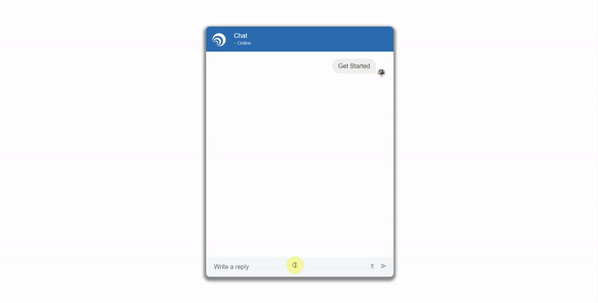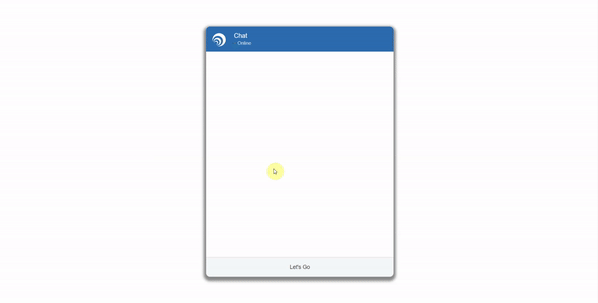Enterprises typically address Frequently Asked Questions (FAQs) in their first Conversational AI project. FAQs prove to be the perfect launch pad for more complex Conversational AI interactions.
With chatbots and Conversational AI (CAI) at the forefront of digital innovation, global enterprises are trying to understand where and how to apply this new technology to deliver better customer service. FAQs immediately come to mind, as they’re well understood, predefined and already in use in most organizations. Creating a conversational interface for FAQs can be a low-risk first use case.
How to implement FAQs with Conversational AI?
FAQs can be implemented with Conversational AI in a multitude of ways, from simple question and answer pairs to multi-step FAQs to conversational process automation. This article seeks to highlight the challenges and opportunities of each approach.
-
1. Simple FAQs
In their simplest form, FAQs are nothing more than question/answer pairs which, in the Conversational AI world, can be modeled as intents with default replies. The CAI tool of choice uses machine learning to map a user’s input against one of the intents (i.e. one of the questions) and delivers the correct answer.

Challenges: Contrary to an FAQ on a website, CAI FAQs require multiple variations of the questions the user can ask to invoke a single FAQ. This is required to ensure a high-quality machine learning model which maps the user inputs against an intent to give the correct answer.
Opportunities: Simple FAQs are an easy and fast way to get started with Conversational AI. They bring FAQs from the website to a multitude of channels (e.g. Facebook, Microsoft Teams, Whatsapp) with ease.
2. Multi-Step FAQs
-
In many cases, it isn’t enough to simply map a static answer to a question. If a user, for example, says “at what time do you open?”, the CAI might have to ask a clarification question first (e.g. “is this for our London or Manchester store?” and “on what day of the week?”). Based on these answers, the CAI can then give a more exact answer to the customer.

Challenges: Configuration of multi-step FAQs requires a graphical user interface to configure the logic of the clarification questions.
Opportunities: Through the clarifications, we can reach a much higher success rate when handling customer queries.
3. Conversational Process Automation
Answering frequently asked question is great, but resolving customer issues directly is better. If a customer asks where they can query a support ticket status, we could either – in the case of an FAQ – tell them where they can do it; or – in the case of conversational process automation – retrieve their support ticket and provide the information directly, possibly updating the ticket in the process. That is the goal of conversational process automation – taking full business processes and automating them through conversational interfaces.

Challenges: Process automation projects succeed if complex processes can be modeled and data from external systems (e.g. ERP, CRM, HR) can be used and updated in the process. This puts extra requirements on the project stakeholders, as solution architects and subject-matter experts will be required.
Opportunities: Optimizing and automating repetitive processes to reduce the need for human intervention can lead to a tremendous increase in customer satisfaction, reduction of resolution times and cost savings. Apart from customer service, there are applications in HR, sales, procurement, marketing and many other areas of the business, making the investment into CAI easier.
Getting started with Conversational AI platform for FAQs
We understand that many of our customers are just getting started with Conversational AI and we usually advise them to at least get started with multi-step FAQs. Modern tools like Cognigy.AI make setting these up possible without the need for in-depth technical knowledge. To harness the full power and benefits of Conversational AI, we then help our customers on the journey to Conversational Process Automation, where Cognigy.AI’s strengths really come into play. Cognigy is designed to support process modelling, backend integration, multi-channel deployments and more.
Whatever you’re after – whether it’s a simple FAQ or a hugely-complex process automation project – get in touch with us and we’ll show you how Cognigy.AI can help.




.png?width=60&height=60&name=AI%20Copilot%20logo%20(mega%20menu).png)



